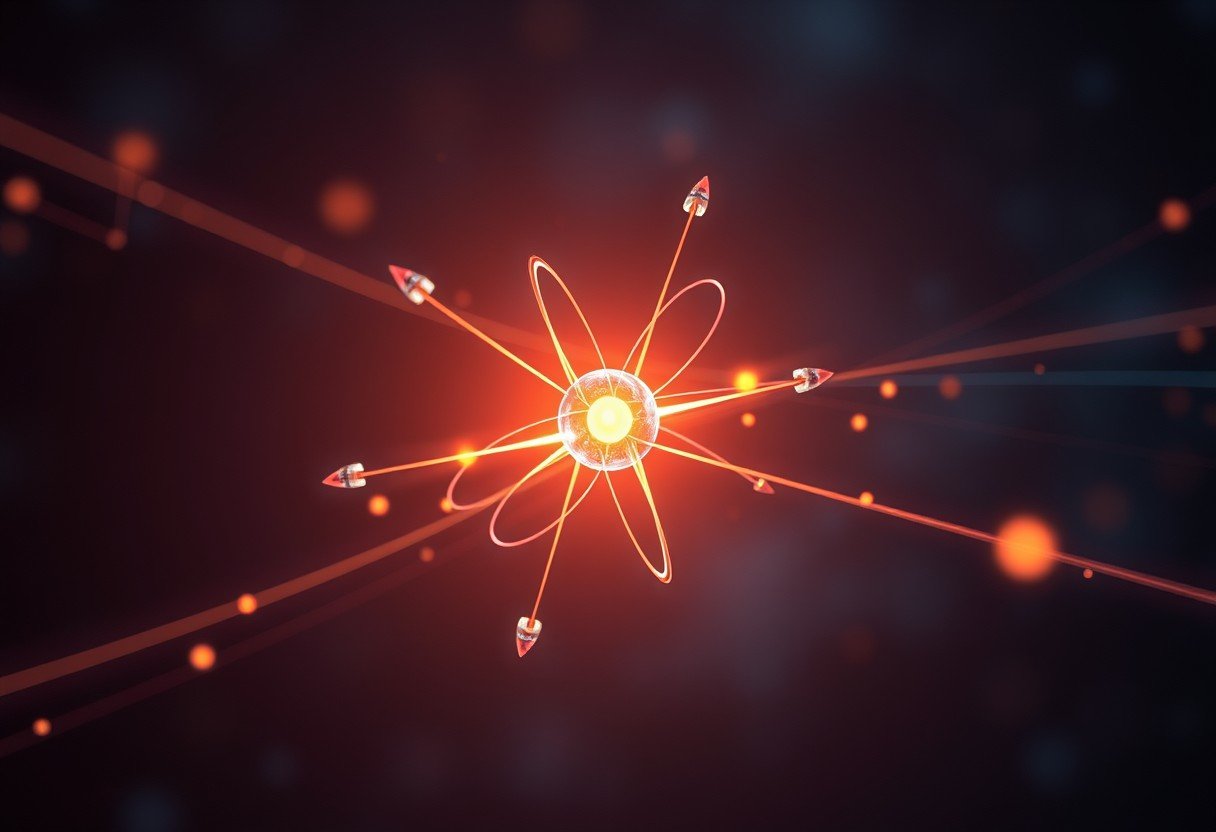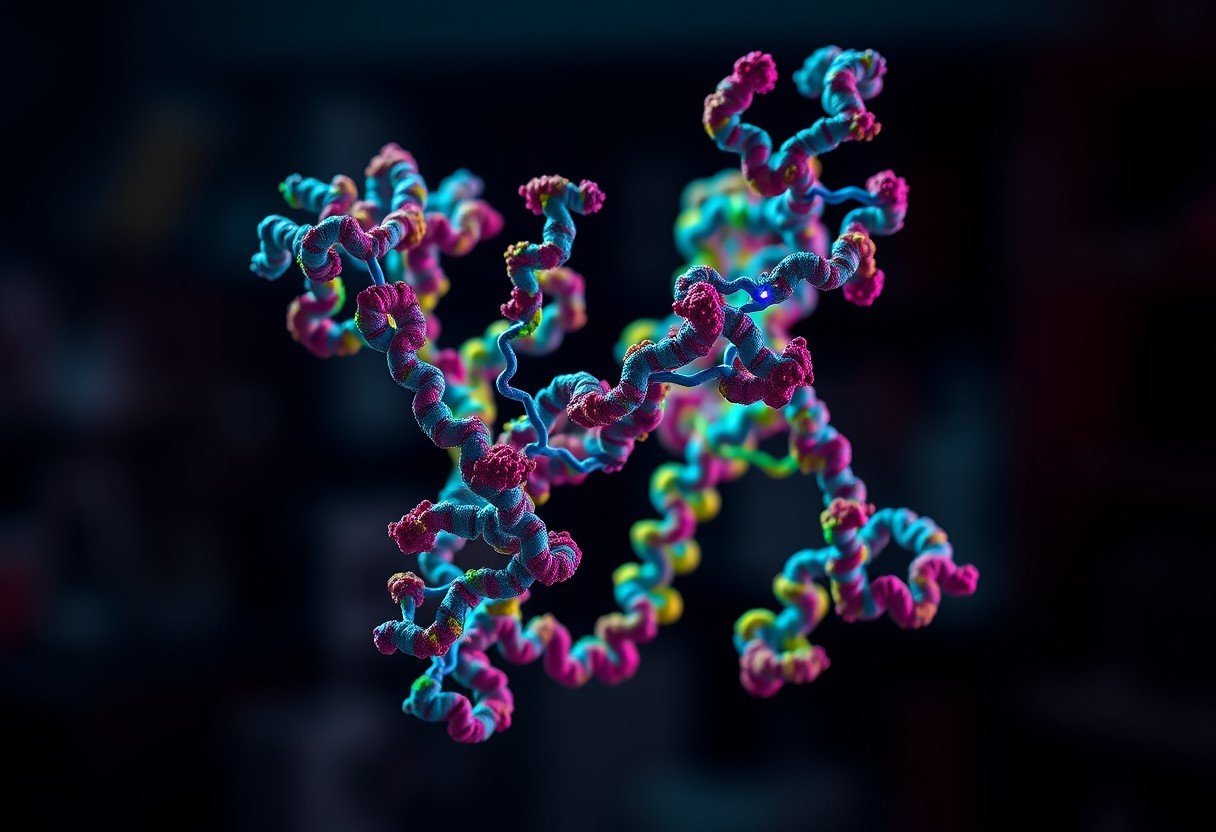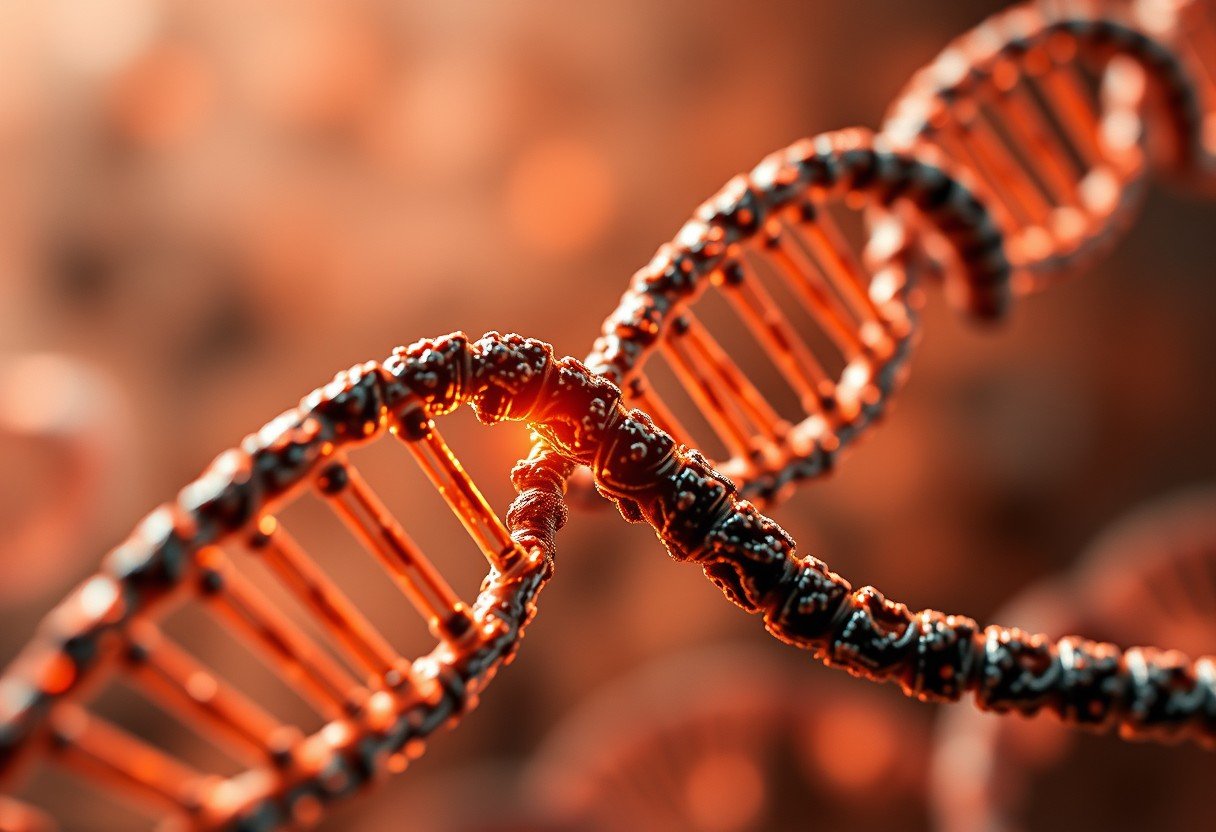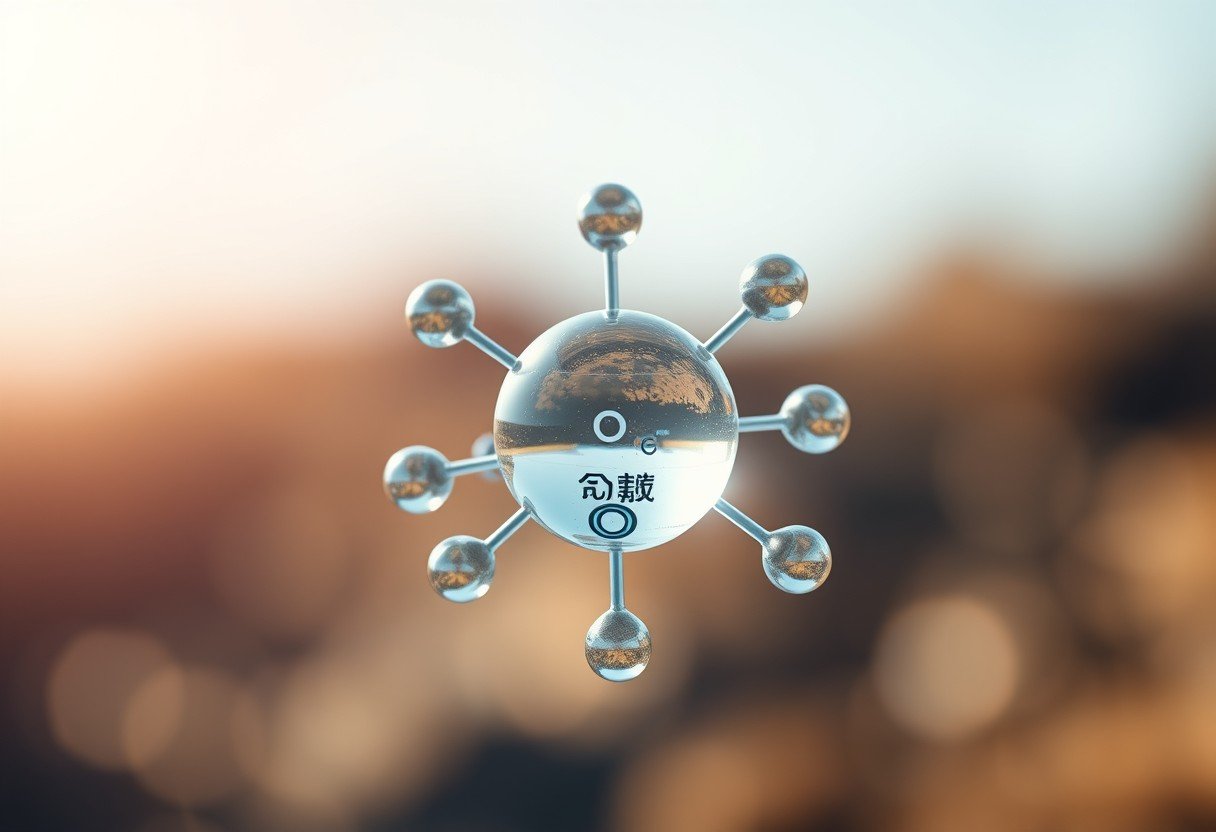Have you ever wondered how tiny particles like electrons can act like waves? This fascinating concept, known as wave-particle duality, is a cornerstone of quantum mechanics. It tells us that an electron’s wavelength is directly tied to its momentum. As an electron moves faster, its wavelength changes, which has huge implications for everything from microscopes to computers. This principle helps us understand the strange and wonderful rules that govern the subatomic world.
What is the De Broglie Wavelength?
In the early 20th century, a physicist named Louis de Broglie proposed a revolutionary idea. He suggested that all matter, not just light, has wave-like properties. This concept bridges the gap between the world we see and the invisible quantum realm.
The de Broglie wavelength is the wavelength associated with any moving particle. For an electron, it’s defined by a simple yet powerful formula.
The de Broglie formula is λ = h/p. In this equation, λ (lambda) represents the wavelength, h is a fundamental value called Planck’s constant, and p stands for the electron’s momentum. This equation elegantly links a particle’s motion to its wave characteristics.
Understanding Momentum in the Quantum World
In everyday physics, we think of momentum as the amount of “motion” an object has. It’s calculated by multiplying an object’s mass by its velocity. A bowling ball moving quickly has a lot of momentum.
In quantum mechanics, momentum means a little more. While it still relates to an object’s mass and velocity, it also plays a critical role in determining its wave-like behavior. For an electron, momentum isn’t just about how fast it’s moving; it also defines the character of its associated wave.
An increase in an electron’s momentum means it has more energy and is moving faster. This change directly influences its de Broglie wavelength and how it interacts with its environment at the quantum level.
The Inverse Relationship Between Momentum and Wavelength
The core of de Broglie’s hypothesis is the relationship between momentum and wavelength. The two are inversely proportional. This means that as one value goes up, the other goes down.
As the momentum of an electron increases, its de Broglie wavelength decreases. Think of it like a skipping rope. When you turn it slowly, it makes a big, long wave. When you turn it very fast, the waves become much shorter and tighter. A faster-moving electron with higher momentum has a shorter, more compact wavelength.
This relationship is fundamental to understanding why high-energy electrons behave more like traditional particles and less like spread-out waves. Their wave nature becomes less obvious as their momentum climbs.
| Electron Property | Low Momentum | High Momentum |
| Velocity | Slower | Faster |
| De Broglie Wavelength | Longer | Shorter |
| Wave-like Behavior | More Pronounced | Less Pronounced |
What Factors Change an Electron’s Momentum?
An electron’s momentum is not a static property. It can be changed by several external and internal factors, which in turn affects its wavelength. Understanding these factors is key to controlling and predicting electron behavior in various applications.
The primary influences on an electron’s momentum include its velocity, any external fields it encounters, and the specific energy level it occupies within an atom.
- Velocity: The most direct factor. Since momentum is mass times velocity (p = mv), increasing an electron’s speed directly increases its momentum.
- External Fields: Electromagnetic fields can exert force on an electron, causing it to accelerate or decelerate. This changes its velocity and therefore its momentum.
- Energy Levels: In an atom, electrons exist in specific, quantized energy levels. When an electron absorbs energy (like from a photon), it can jump to a higher energy level, increasing its speed and momentum. When it emits energy, it drops to a lower level, decreasing its momentum.
These interactions are constantly happening, meaning an electron’s momentum and its corresponding wavelength are dynamic properties.
How Do We Know This is True? Experimental Proof
De Broglie’s idea was a brilliant theory, but science requires evidence. Fortunately, experiments soon provided clear proof of the wave nature of electrons and the relationship between their momentum and wavelength.
The most famous evidence comes from electron diffraction experiments. In these tests, a beam of electrons is fired at a crystalline material. Instead of just passing through or bouncing off, the electrons create an interference pattern on a detector screen. This pattern of bright and dark rings is a hallmark of wave behavior, similar to how light waves create patterns when passing through a narrow slit.
Crucially, researchers found that by accelerating the electrons to higher speeds, they could change the diffraction pattern. Increasing the electrons’ momentum resulted in a tighter, more compressed pattern, which corresponds exactly to a shorter wavelength. This directly verified the λ = h/p relationship and solidified the concept of wave-particle duality.
Why This Relationship Matters in Technology
The link between electron momentum and wavelength is not just an abstract concept; it is the foundation for several modern technologies. By controlling the momentum of electrons, engineers can manipulate their wavelengths to achieve incredible results.
One of the most important applications is the electron microscope. These powerful devices use beams of electrons instead of light to view objects. Because high-momentum electrons have extremely short wavelengths, they can be used to see things with much greater detail and resolution than a traditional light microscope. This allows scientists to visualize individual atoms.
The principle is also vital in other areas. In semiconductor technology, understanding electron waves is essential for designing the tiny transistors that power our computers. In the emerging field of quantum computing, the wave properties of particles like electrons are harnessed to perform complex calculations.
Frequently Asked Questions
What is the de Broglie wavelength of an electron?
The de Broglie wavelength is a property of a moving electron that describes its wave-like nature. It is calculated with the formula λ = h/p, where λ is the wavelength, h is Planck’s constant, and p is the electron’s momentum.
How is an electron’s momentum calculated?
An electron’s momentum (p) is the product of its mass (m) and its velocity (v). The formula is p = mv. A faster-moving electron will always have greater momentum.
What happens to the de Broglie wavelength if an electron speeds up?
If an electron speeds up, its momentum increases. Because wavelength is inversely proportional to momentum, an increase in momentum causes the de Broglie wavelength to decrease, or become shorter.
Why is wave-particle duality important?
Wave-particle duality is a fundamental concept in quantum mechanics that explains how particles like electrons can exhibit both particle-like and wave-like properties. It is essential for understanding phenomena like electron diffraction and the behavior of matter at the atomic scale.
Can we see the wave nature of electrons in experiments?
Yes, the wave nature of electrons is observed in experiments like electron diffraction. When a beam of electrons passes through a crystal, it creates an interference pattern, which is a definitive characteristic of waves and confirms their de Broglie wavelength.
Where is the de Broglie wavelength used in technology?
This principle is crucial in technologies like electron microscopes, where shorter electron wavelengths provide higher resolution. It is also fundamental to semiconductor design, material science, and the development of quantum computers.









Leave a Comment